How Zonamaco Turned Mexico City Into an Art World Destination
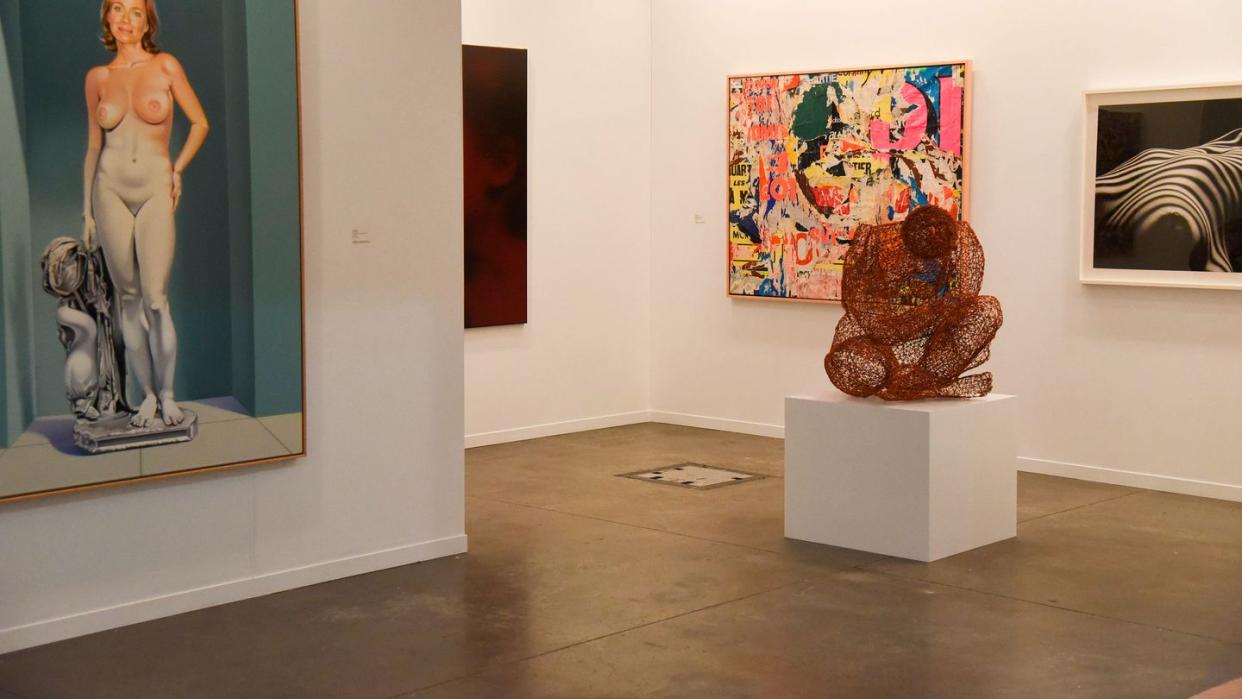
"Hearst Magazines and Yahoo may earn commission or revenue on some items through these links."
When brothers Rafael, Moise?s, and Jaime Micha, along with Carlos Couturier, opened Hotel Habita in Mexico City in 2000, the partners were introducing an art-focused hotel in a city that was not yet, but would soon be, an international art destination. At the time, the contemporary art scene was very much underground, featuring artists like Francis Aly?s and Gabriel Orozco. The now powerful Kurimanzutto gallery was newly opened. Now crowds traverse the San Miguel Chapultepec neighborhood on Thursday afternoons, stopping at Galeri?a RGR, Labor, and Galeri?a de Arte Mexicano. Museo Jumex, founded by Eugenio Lo?pez Alonso, who holds the largest private contemporary art collection in Latin America, recently celebrated its 10th year.

This month, Mexico City will welcome over 77,000 attendees, including gallerists, art dealers, and collectors, for the 20th anniversary of Zonamaco. The largest art fair in Latin America, it has helped the booming metropolis become a leader in the global contemporary art scene. “Back then, nobody wanted to come to Mexico,” recalls Zonamaco founder Ze?lika Garci?a. “Then we had galleries from Spain, Berlin, and London bringing international artists and curators, and collectors followed.” The influx includes Somali-French dealer Mariane Ibrahim, who has described the local art scene as “bursting” and opened her third outpost and first bookstore here in 2023. Over 200 galleries from 25 countries will display contemporary art, design, photography, and antiques over the course of the five-day show. Another contemporary art fair, Feria Material, now in its 10th edition, takes place during the same week.
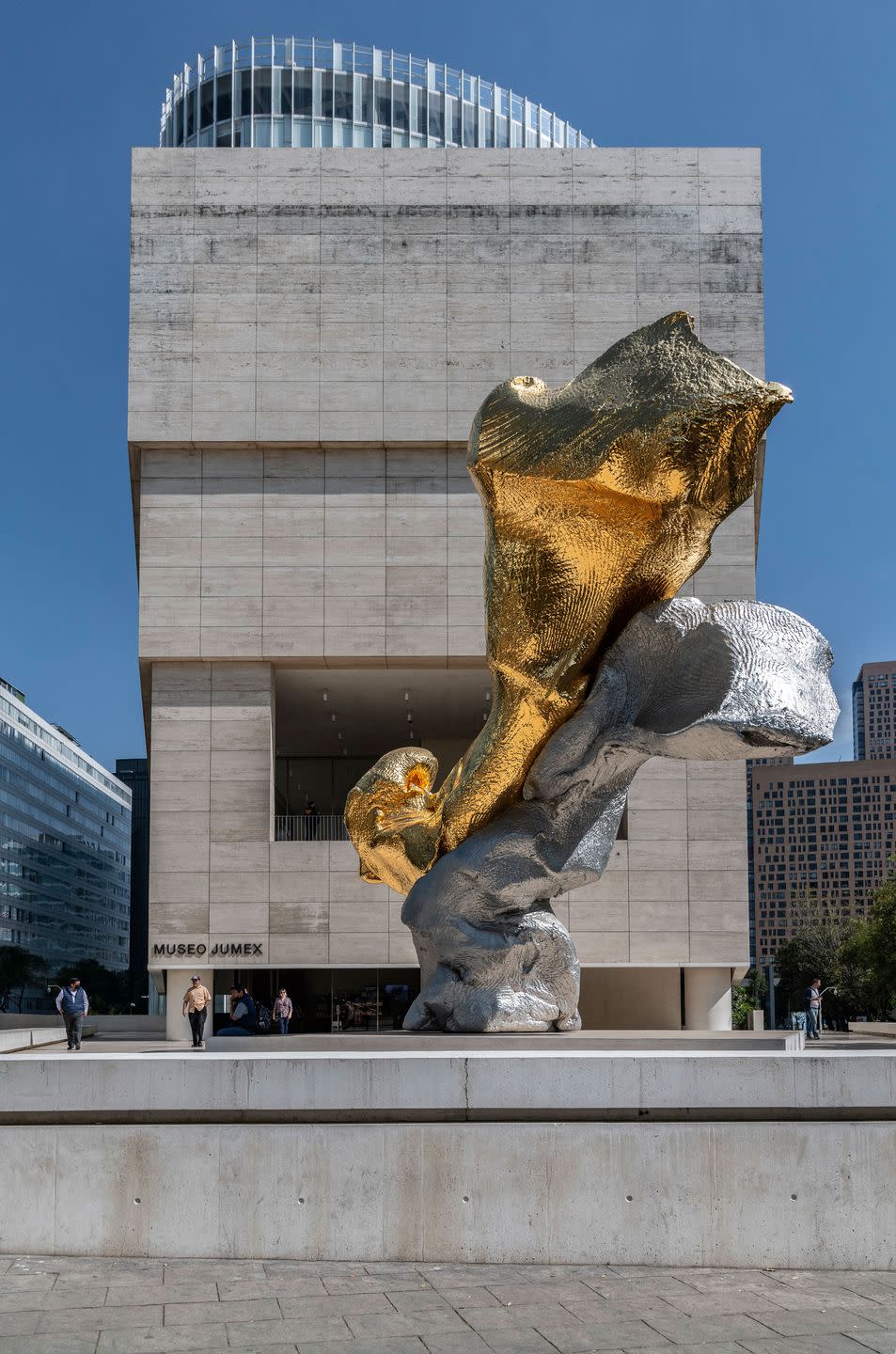
The Michas and Couturier now have 16 boutique hotels under their parent company, Grupo Habita. They all boast innovative architecture, interiors, and art. When it opened, Hotel Habita was one of the first boutique hotels in the city. The Michas’ parents raised the brothers in a Mexico City home with pieces by Robert Rauschenberg, Roberto Matta, Diego Rivera, and Mathias Goeritz. (The Micha brothers often give tours of their family home during Zonamaco.) Each of Grupo Habita’s hotels has a unique design, the common thread being that the partners bring in award-winning international talents in architecture and design for each property.
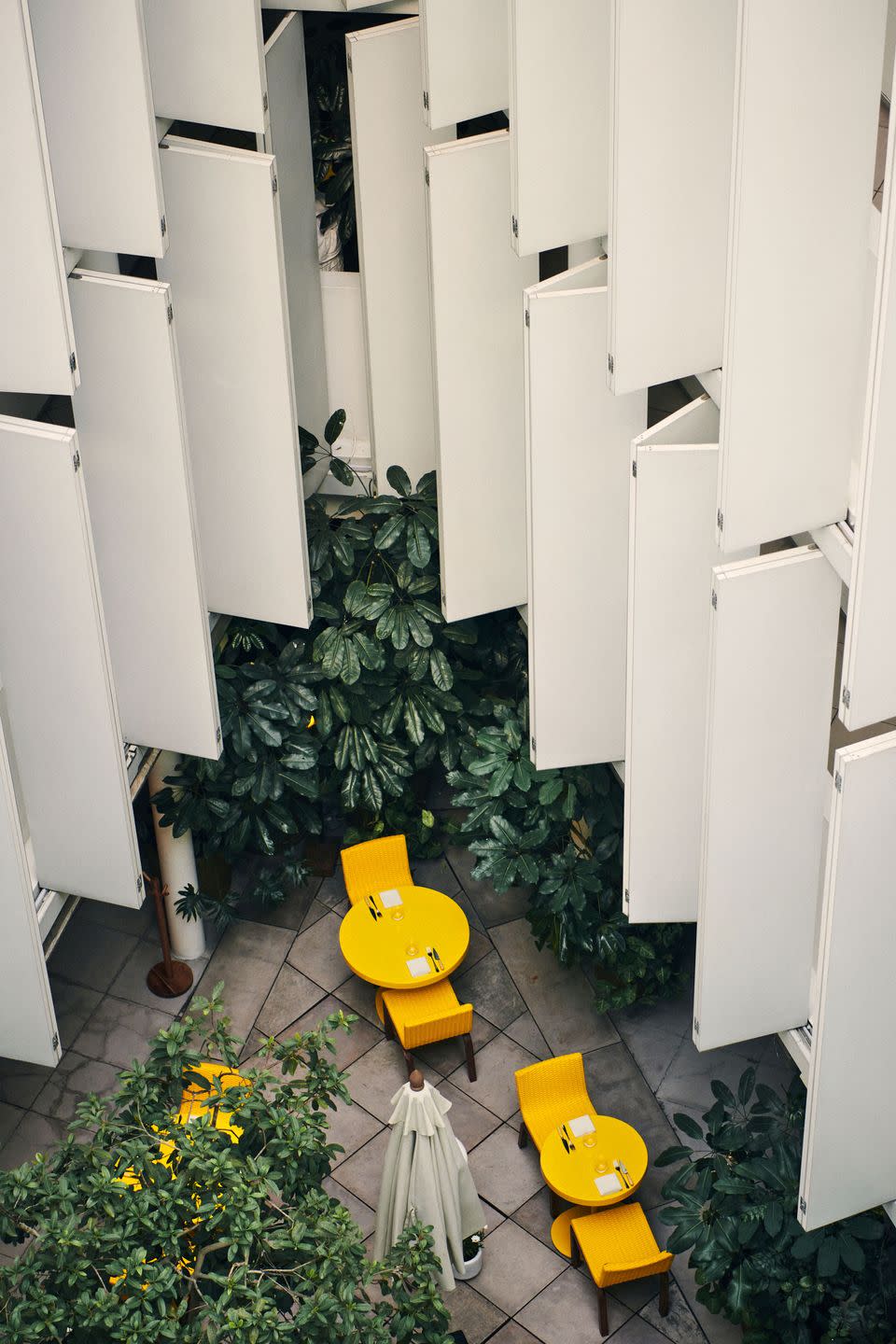
“A lot has changed [in the city] in the past 20 years, and art has a lot to do with it,” says Rafael Micha. “It was a business destination that became a leisure destination. Collectors travel here for the fair, and people on the boards of museums are also coming, not just for the art but for gastronomy and fashion.” Last fall, Soho House opened its first Latin American location in a converted 1909 mansion in Colonia Jua?rez, one of the city’s buzziest neighborhoods, and restaurants like the bistro Cana, the cafe? Cicatriz, and Italian spot Darosa are making the area a foodie destination.
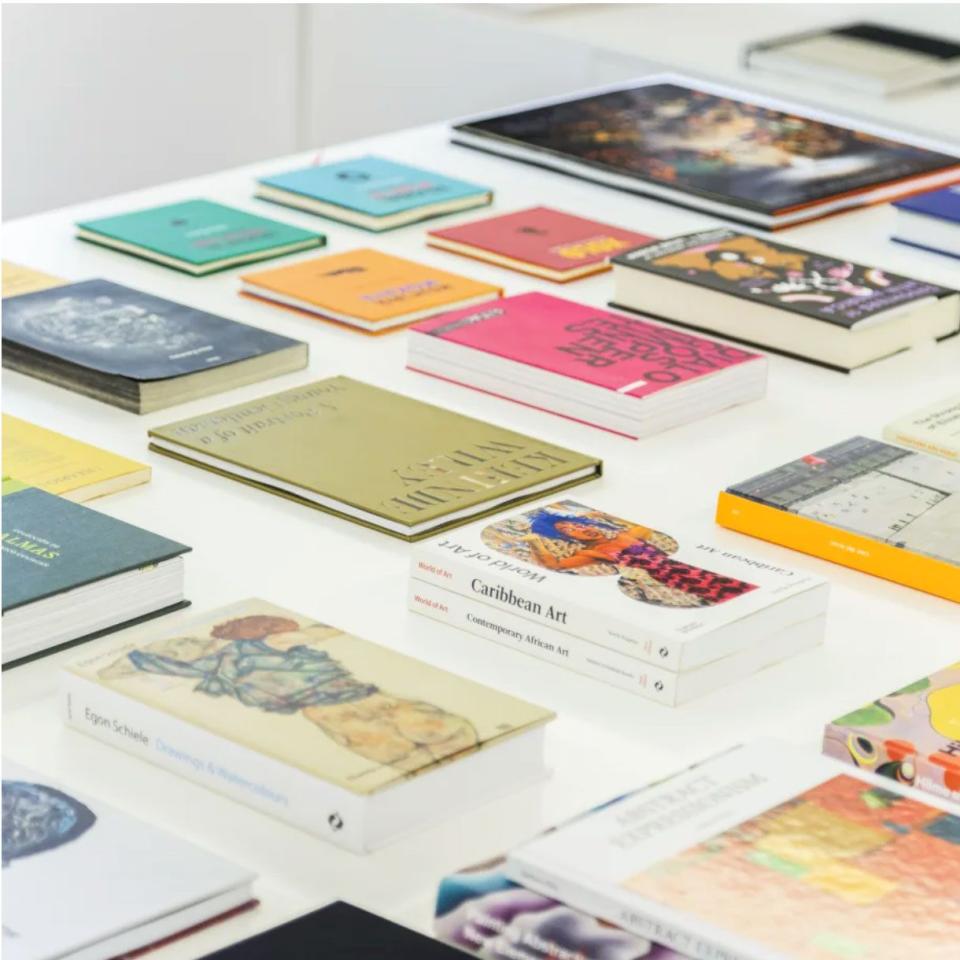
A new generation of artists also began coming to town and then staying. “Young artists can afford to have a studio space and full-time practice versus having to work four jobs and doing art whenever they can fit it in. There aren’t the barriers that, in other cities, make things so hard,” notes Rodman Primack, the former director of Design Miami and owner of interiors firm RP Miller. Primack and his partner Rudy F. Weissenberg, a television producer turned real estate developer, cofounded AGO Projects, a design gallery, in 2019. Many of their artists work with Mexican artisans, putting a decidedly 21st-century spin on age-old techniques.
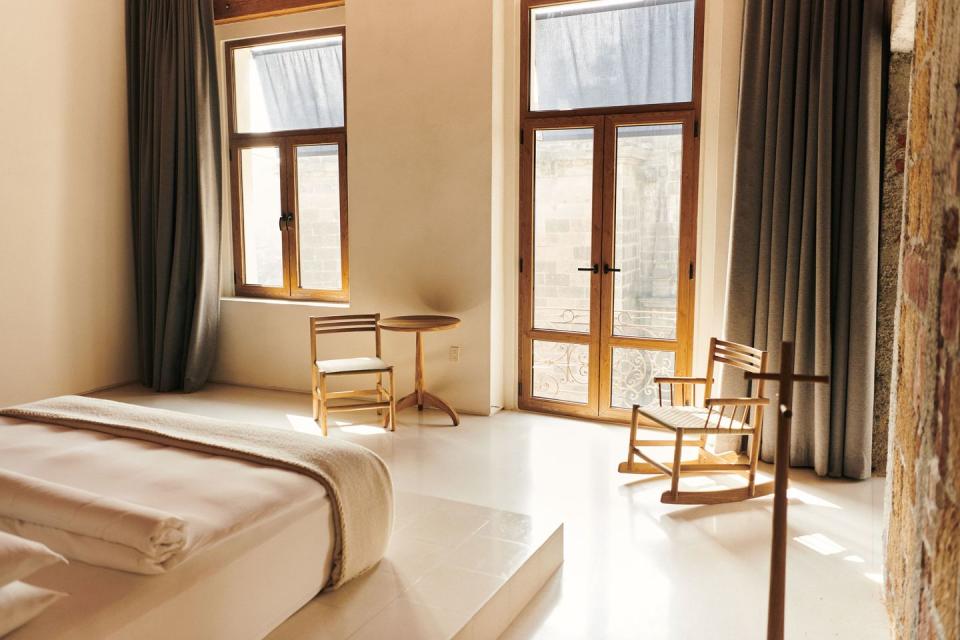
Mauricio Paniagua and Tony Moxham of the ceramics studio MT Objects are two of those artists. The couple relocated to Mexico City from Brooklyn in 2005 to be closer to Paniagua’s family in Guatemala. “When we moved here, there were maybe three designers doing cool things, but now as the design and art world has grown with the tourism market, there are so many kids doing great stuff,” Moxham says. “It’s easy here to create good and fairly elaborate work without having to spend too much money, and people tend to support each other without the snarkiness or the pressures you feel in other cities. It’s nice.”
This article appears in the February 2024 issue of ELLE.
You Might Also Like